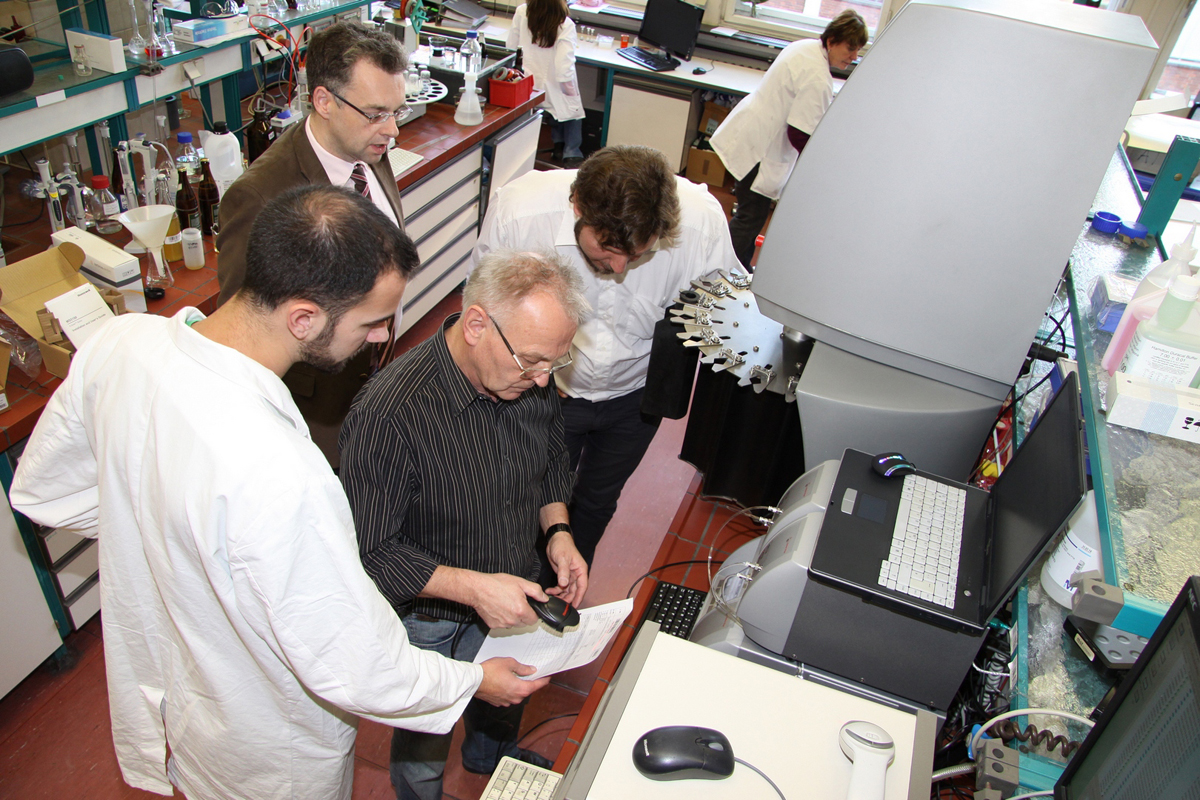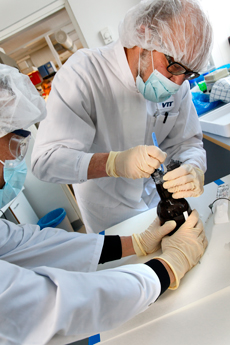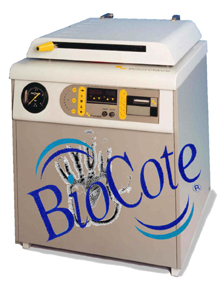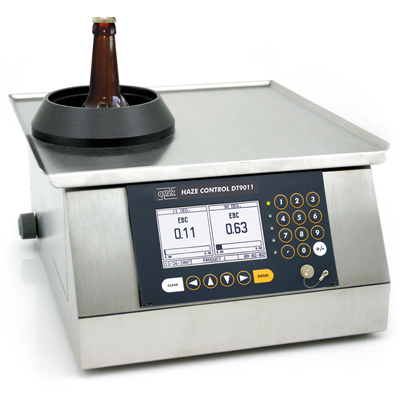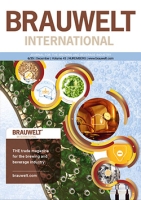Measurement of original gravity in the brewhouse section using inline techniques provides a practical and easy alternative to traditional spindling. But how accurate are these measurement methods? In order to determine how the readings compare to those of laboratory instruments, three original gravity inline measuring instruments from different manufacturers were tested, using a dedicated test setup, in cooperation with the Forschungszentrum Weihenstephan für Brau- und Lebensmittelqualität (Weihenstephan Research Centre for Brewing and Food Quality) and four industrial operations.
The “∆ E”-level (spectrophotometric iodine test) in beer has been found to be closely related to the consumer’s preference. The linear long-chain oligosaccharides (longer than maltopentaose) were found to have a negative influence on beer taste, probably through their masking effect on the receptors on the tongue surface. In most cases, higher “∆ E”-levels tend – among iodine positive dextrins – to increase the content of linear long-chain oligosaccharides. These results had suggested that the starch degradation process plays a much more important role for beer taste than assumed before. Some lining material of beer cans was also found to have a negative influence on beer taste due to a mechanism similar to polysaccharides. This article describes why this conclusion can be drawn and to what extent the mashing process can take an influence on beer taste.
In the summer of 2010 in the Åland archipelago, divers retrieved well-preserved bottles of champagne and five bottles of beer from the wreck of a ship that likely sank during the first half of 1800s. VTT Technical Research Centre of Finland will determine what kind of a recipe was used in the brewing of the beer and what kind of yeast caused the fermentation process. The beer in question is one of the world’s oldest preserved beers, and the Provincial Government of Åland is interested in its reproduction.
Perhaps Foster’s brewers should have heeded folk wisdom and not mixed their beer with wine. As the saying goes, “Beer before wine, you’ll be fine, wine before beer, sick for a year.” Everybody knows that a wine hangover is absolutely THE WORST. It means Death – without actually passing into the next world. But did they heed this advice? Obviously not. Having drunk themselves silly on over-priced wines, the leading Aussie brewer has suffered from a booming hangover for near on five years. They have tried every cure, including swinging a possum by the light of the waning moon. Still, the big-head blues wouldn’t go away. Now they have sworn never, ever to drink again – and called in sick. Foster’s is preparing a separate stock-market listing of its wine business, Treasury Wine Estates, valued at AUD 3.1 billion on Foster’s books, or less than half what the company spent on wine acquisitions. Once the split is completed, the beer operation will probably be snapped up for a price of over AUD 12 billion. That will be the end of Foster’s as we know it, but, all considered, the only morning-after remedy left to them.
One of the most important factors for quality control in breweries is the measurement of the oxygen content in beverages. In several stages of the production process, oxygen measurement plays a decisive role – from the treatment of the brewing water to the total package oxygen determination in the ready-to-ship product. It is more important than ever to carry out an accurate analysis of the parameter oxygen with state-of-the-art analysis devices.
In the fight against surface microbial growth, Priorclave remain the leading autoclave manufacturer whose entire range of autoclaves helps the biochemical, food and pharmaceutical laboratory environments to reduce their risk of cross contamination. The surface coatings of the cabinets contain silver-based, BioCote® technology, dramatically reducing microbial growth.
The Department for Brewing and Beverage Science & Application at the VLB Berlin [EV] got a Christmas present: The company optek-Danulat GmbH, supplier of optical inline sensors, delivers turbidimeters for the optimal control of the filtration process and herewith to support science and training within the brewing courses at VLB. Already the upcoming Certified Brewmaster Courses, beginning January 2010, and the Russian Brewing Course, beginning March 2010, will benefit from these new turbidity systems.
An exhibition is always also an indicator of mood. What are the expectations for the brewing and beverage industry in this difficult year? What does the industry expect from the exhibition? What are the general expectations for market performance and for future development? How near are the signs of an upturn that all so eagerly are looking for? We have carried out a survey.
Over the past few years, the SO2 content of beer and the available methods of analysis have been the focus of an increased amount of attention in the professional community. This article provides a comparison of three different analysis methods currently in use for the determination of SO2 content. Of the three methods, SO2 distillation is the most economical, providing a good approximation of SO2 content. If the SO2 content in beer lies near the upper limit of 10 mg/l, it is recommended that an alternative method, one that is more accurate such as CFA or IC, is utilized. SO2 distillation has a lower recovery factor due to the differences in equipment among laboratories.
Using a novel physical-chemical method developed at the Research Centre Weihenstephan for Brewing and Food Quality, it is possible to assess and reliably evaluate the colloidal stability of filtered beers. In this process, the streaming current potential as well as the surface charge density of particles in beer are determined using a CAS (= Charge Analyzing System). The fundamentals of the measuring method as well as the functional principle of the measurement technique have been described in Part 1. In this second part, interpretation of the results obtained is explained and illustrated using three application examples with relevance to the brewing industry.

